It’s not all pretty in pink, critics say
Life in plastic — it’s not so fantastic, according to some Barbie bashers.
A new study found that an overwhelming 82% of the 1,000 multi-generational, female case studies think Barbie dolls — which take center stage in a highly anticipated Margot Robbie movie premiering Friday, July 21 — promote unrealistic body expectations to girls and women.
Female dolls have historically featured slender figures with long, straight blond or brunette hair — and shockingly perky bosoms, especially for the 1950s, when they first hit the market.
“They didn’t think that the public would accept a doll with breasts for children,” the late Ruth Handler, who invented the figure in 1959 after seeing her daughter play with paper cutouts of adult dolls, once said.
“I knew they were wrong,” the co-founder and former president of Mattel, who died at 85 in 2022, bragged of the then-controversial endowment.
Fast-forward to 2023: The new research from Harmony Healthcare IT further found that 69% of women think Barbie can actually lead to dangerous body image issues. Her slender-but-busty physique has been attributed to some women’s insecurities, spawning the “Barbiecore” fashion aesthetic, Pepto-colored interior design and an army of “Barbie Girl” wannabes undergoing extreme plastic surgery to look like a toy.
“I’ve played soccer all my life, and even at my peak physical form, my body never resembled Barbie’s,” Stephanie Rodriguez, a 26-year-old video producer and Brooklynite, told The Post. “At a young age, Barbie made me question if my body was normal.”
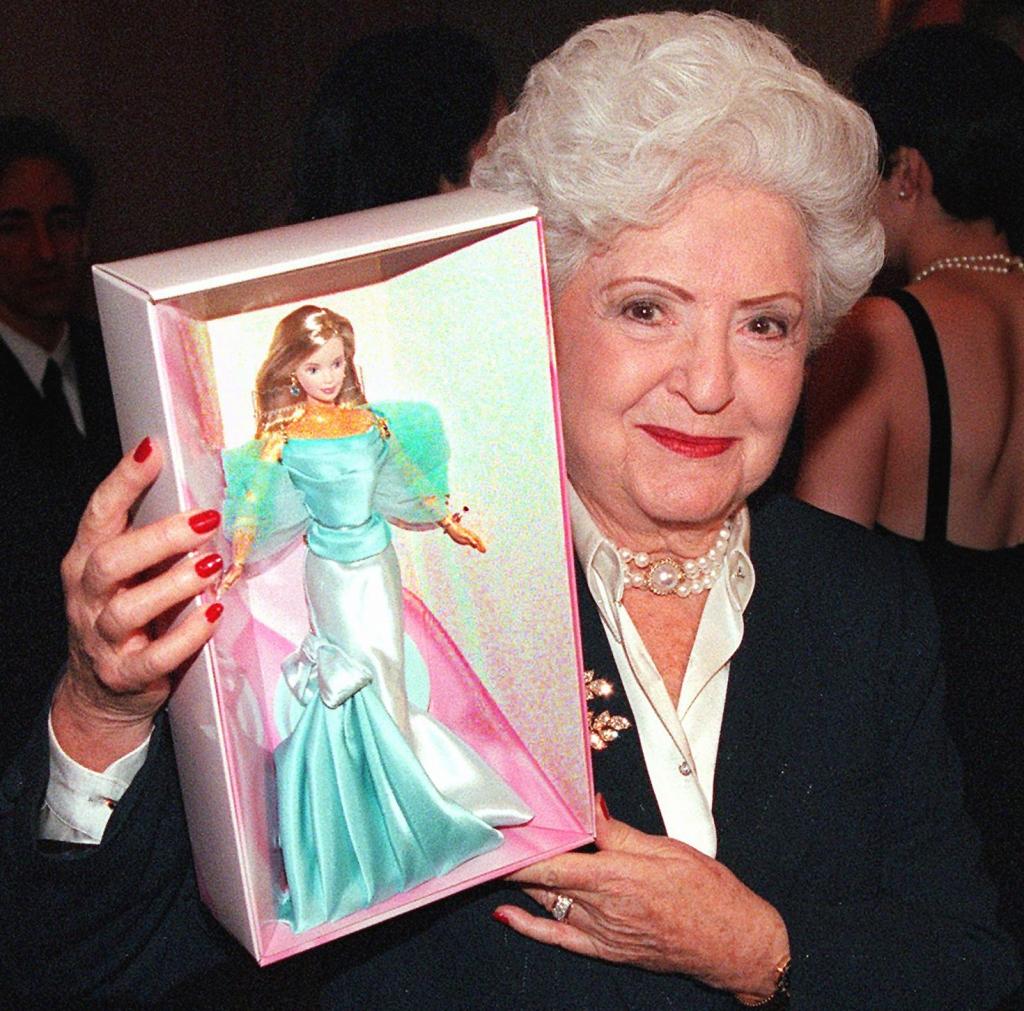
Not only that, but when Mattel introduced the infamous blond 64 years ago, for nearly 10 years they produced Barbie dolls that were only white women and men.
Still, Handler was right: Barbie became an instant hit, selling nearly 300,000 dolls in its first year.
“Before Barbie, pretty much the only dolls that were available at that time were baby dolls — because most women at that time only became moms,” Cindy Eagan, author of “The Story of Barbie and the Woman Who Created Her,” told The Post in 2018.
Times change, though: With Barbie, girls could play-act their futures — and not solely as mothers but as career gals, too.
Meanwhile, not everyone is jumping on the Barbie-bashing bandwagon.
“I loved the idea that Barbie wasn’t one-dimensional like most dolls,” Chandler Bishop, a mega-Barbie fan, told The Post.
“As a kid, I used to run to the stores, hoping I could get my hands on a Barbie,” said Bishop, 24, a senior copywriter from Brooklyn, just one of many other little girls who desired to play with the pretty-in-perpetual-pink doll.
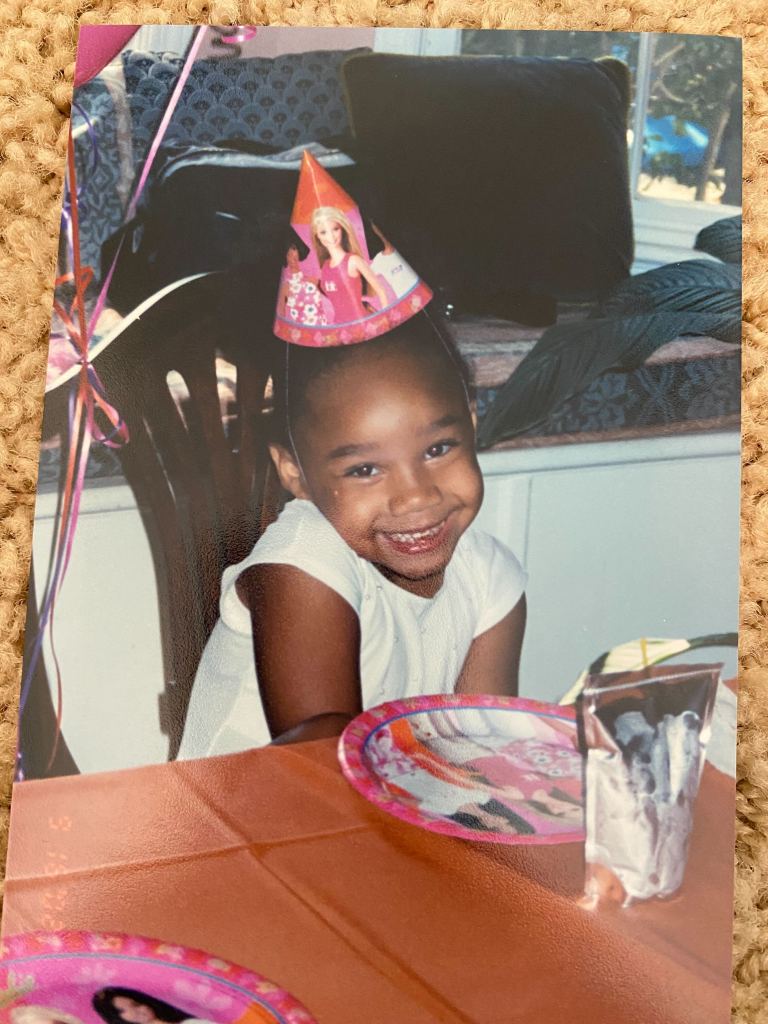

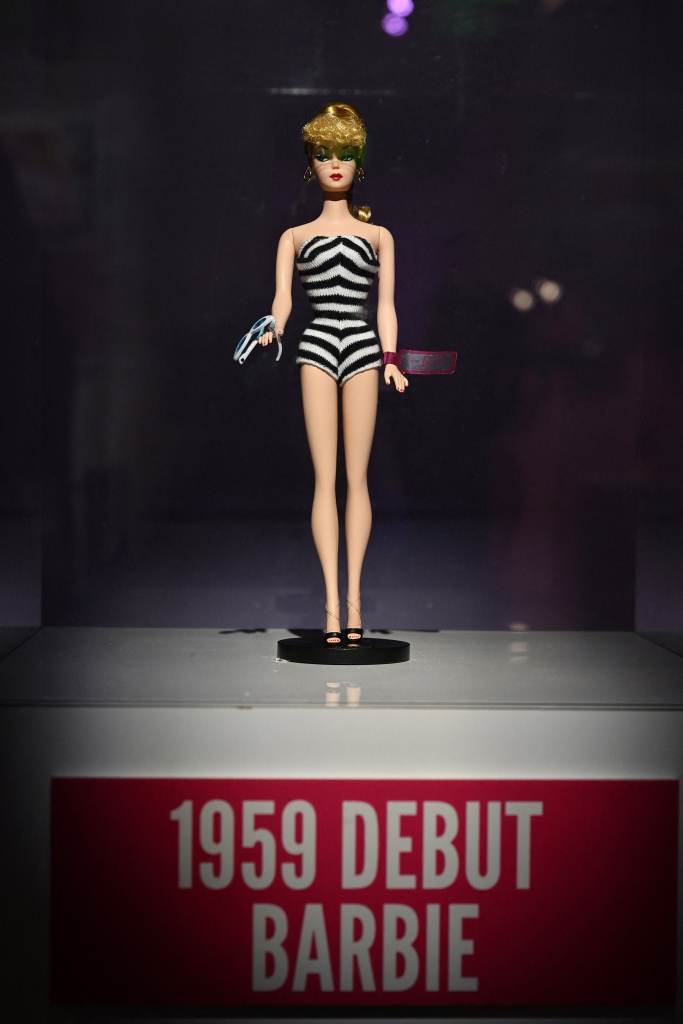
But while Mattel’s Barbie brand thrived in sales and boosted little girls’ career dreams, the company also faced backlash for its lack of diversity.
“[Barbie] was a pretty, blond, blue-eyed, white girl, super skinny, great boobs, long legs, and I wasn’t that,” Bishop, 24, shared. “As an African American woman, it did make me aware she was the beauty standard in America — and I’m not that.”
In 1968, Mattel expanded the catalog to feature dolls representing women of color, such as one named Christie, the first black Barbie doll.
Eventually, in 1980, they introduced the world to black and Hispanic dolls actually named Barbie.
Although customers were ecstatic to see a wider range of dolls, they still struggled to connect with the brand because of the drastic difference in Barbie’s body compared to the average woman.
“I couldn’t relate to Barbie, she was a tall, skinny, blond character, and I was a chubby little girl with brown hair who wasn’t an athlete and couldn’t do the things Barbie did,” Brianna Mati, a speech and language therapist in Orlando, Florida, told The Post.
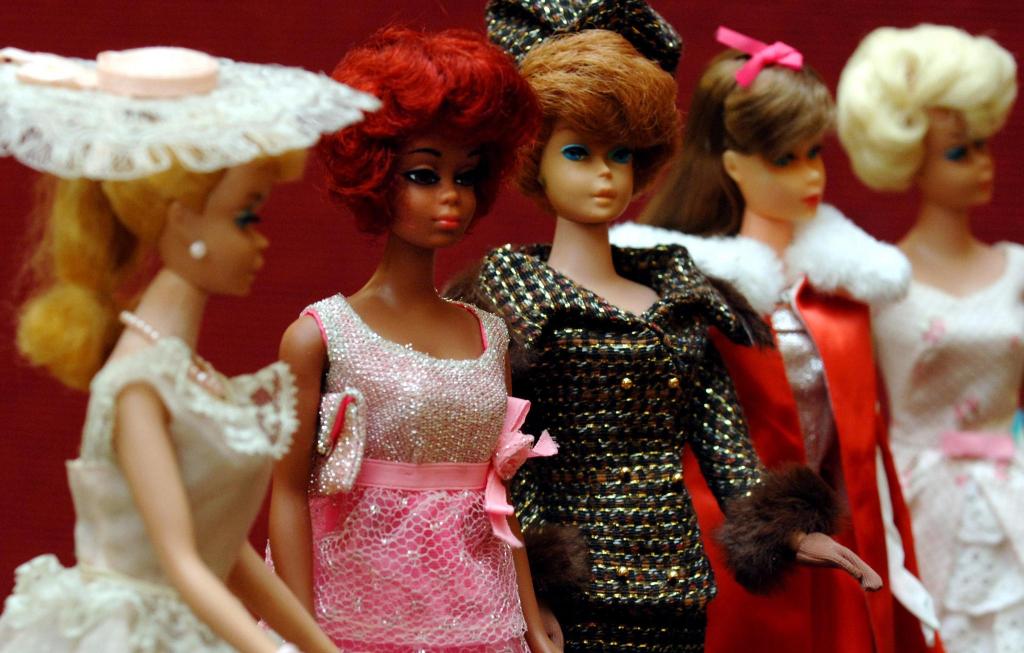
In the 2000s, the average weight for women was 171 pounds, according to a 2018 study. Meanwhile, Barbie dolls as human-like figures resembled 5-foot-9, weighing 110 pounds with a BMI of 16.24, according to a study from South Shore Eating Disorders Collaborative.
Barbie’s human-like figure falls under the “weight criteria for anorexia,” SSEDC claims.
Mattel continuously promoted seemingly unhealthy habits to young buyers, including the 1965 Slumber Party Barbie that featured a bathroom scale permanently set at 110 pounds and a book titled “How to Lose Weight,” which offered this terse dieting tip: “Don’t eat.”
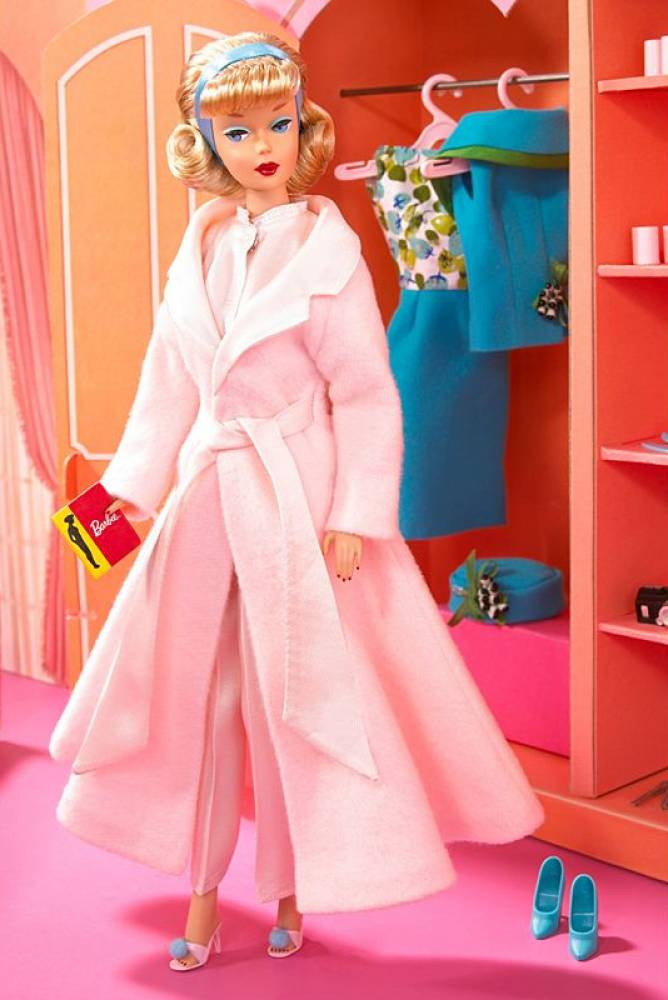

Thankfully, again, times do change.
In 2015, Mattel released a new set of Barbies representing three new body types: curvy, tall and petite.
Today, the brand represents “35 skin tones, 97 hairstyles, nine body types and counting,” according to Mattel’s site — and 60% of respondents to the 2023 Harmony Healthcare survey think new Barbies are better at reflecting all body types.
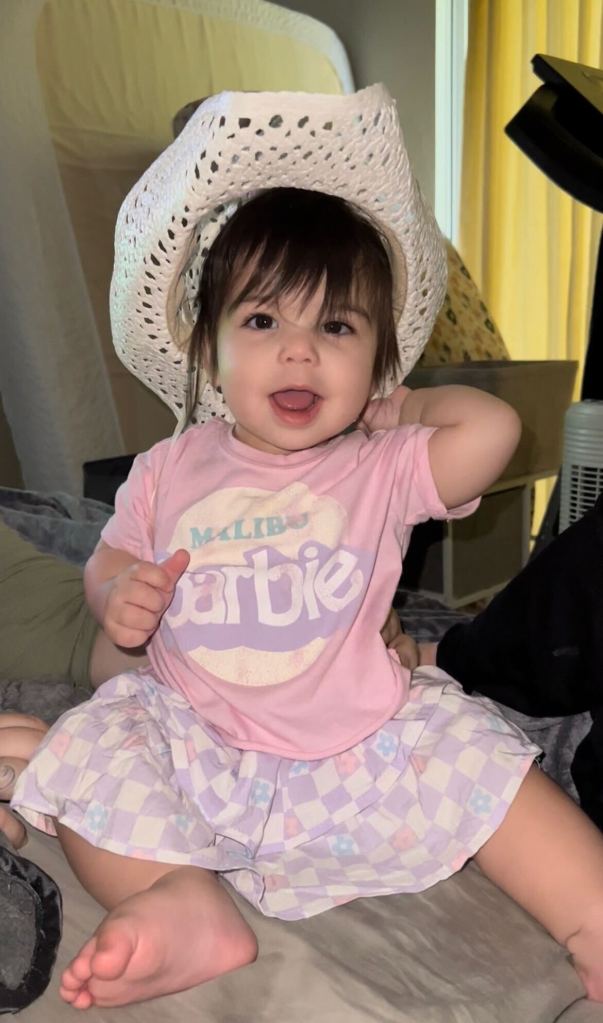
“I’ve definitely fed into the new Barbie era because I’ve bought my daughter a bunch of Barbie products and will consider getting her a doll that has darker hair and represents a mixed race,” Brianna Mati, 26, admitted of her daughter Aria Ferreira, 1.
Mattel has apparently found a way to keep Barbie as a cultural icon from 1959 to 2023 because of a willingness — however potentially time-delayed — to adapt to the ever-changing toy industry.
“I love that Barbie is more diverse and inclusive now,” Bishop gushed. “I think it’s so important to have representation, especially for young girls.”
According to the Harmony study, 53% of Gen Z women think Barbie represents the ideal body type.
“The path [Barbie] is on is definitely making a huge difference in young girl’s self-esteem,” Bishop said.
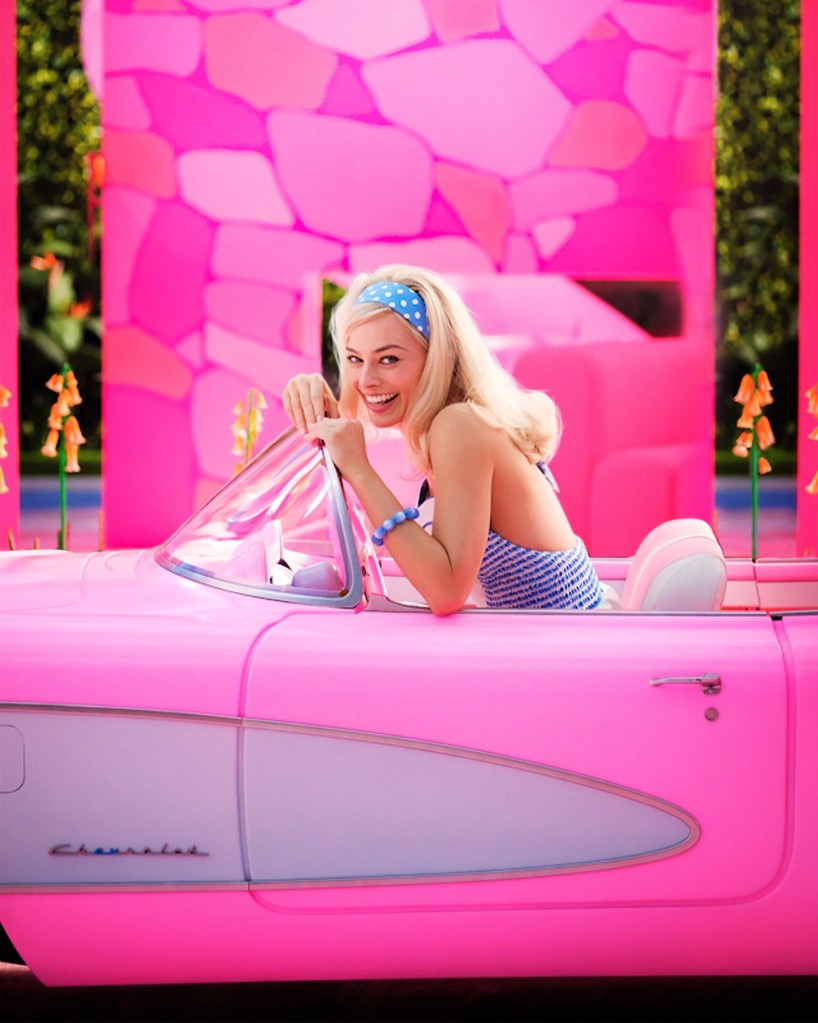
Furthermore, 39% of Gen Z women consider Barbie a role model.
“I admire how Barbie said, ‘She can be and do anything.’ She expanded my view on life and motivated me to go out there to pursue my dreams,” Bishop said.
“Barbie had it all, so why can’t I?”
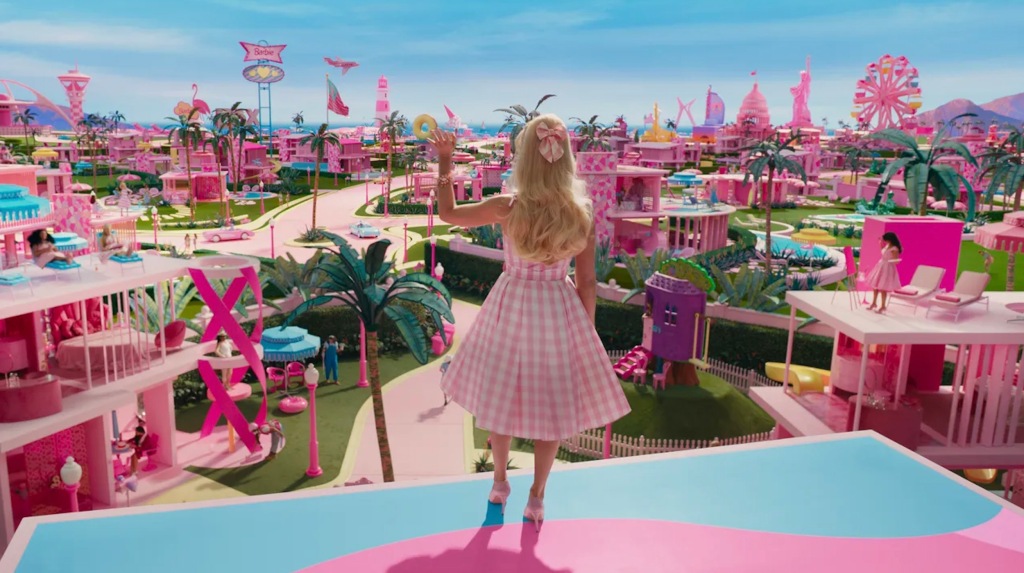
Now the Barbie-verse has expanded to the big screen with Greta Gerwig’s new live-action movie “Barbie,” a fantasy-comedy that focuses on the famous dolls, Barbie and Ken, as they leave the colorful world of Barbie Land and their journey to the real world.
The movie has taken a new pivot to the brand’s inclusion, showcasing diversity among the star-studded cast members — Margot Robbie, Ryan Gosling, Simu Liu, Issa Rae, America Ferrera and Kingsley Ben-Adir — as representations of different Barbies and Kens.
“I’m interested to see how this new movie incorporates other aspects of being beautiful not just the visual aspects but tapping into your soul,” Mati told The Post.

Nearly 38% of Harmony survey respondents said they plan to see the new Barbie movie — and 35% of Gen Z women think the film will give them a more positive perspective.
“I’m a Barbie girl, even though I don’t look like her,” Bishop quipped. “Her spirit transcends more than what she looks like.”
Read the full article Here


